[ Page 1]
British Prototypes in 1/72 scale
The British aircraft industry produced many unique aircraft, often flown only as prototypes. The designs were especially revolutionary after 1945, in the Cold War period many secret projects were undertaken:
- - BAC TSR2
- Shorts SC-1
- Fairey Delta 2
- Fairey Rotodyne
- Saunders Roe SR-53
- EAP
- Handley Page HP-115
- P1127 (Hawker Kestrel / Harrier)
- Saunders Roe S.R./A-1
Also check out: FRENCH PROTOTYPES
and... American PROTOTYPES
The BAC TSR2 was the famous supersonic attack aircraft , first flown in 1964. It featured a crew of two with very modern avionics, an internal weapons bay, high wing design with small span and blown flaps. It had modern control systems and a one piece moving vertical tail. The TSR2 was intended to replace the Canberra as a long range interdiction a/c. Several aircraft were built as prototypes but due to political pressures the very advanced project was cancelled and the TSR2 was never put into production. Last flight was in 1965.
above, seen at RAF Cosford museum by me
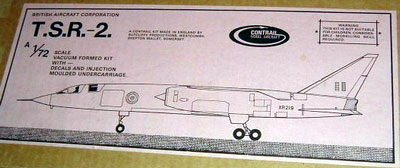
The TSR2 1/72 scale model used here was the vacuform Contrail model.
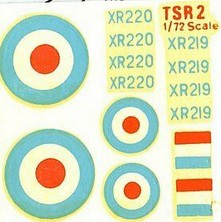
The decals had to be replaced, I got some "faded Type D" roundels from an Airfix Vulcan 1/72 kit.
Nowadays, superior models of the TSR2 are available both in plastic as in resin and both in 1/72 and 1/48 scales. I recommend that you use one of these.
(UPDATE 2006: you can now buy the great injection moulded Airfix kit of the TSR-2). Look here for a modelling report....
It was a terrible vacu model to built with many bad fitting parts, irregular surface detailing and a terrible canopy and overall outline. As at that time in 1990 no other model was available in 1/72, the model was indeed finished after lots of time and desperate moods.
I made a big effort to detail the cockpit and landing gear.
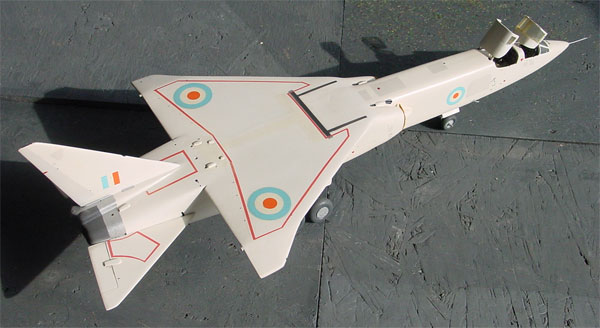
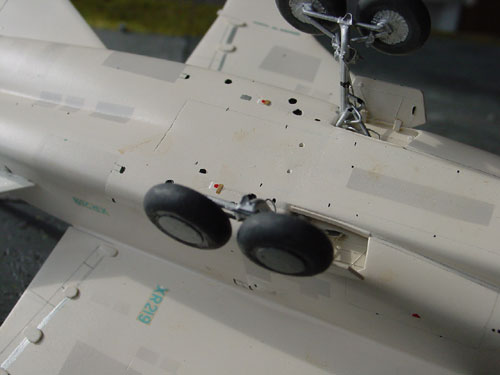 gear,
scratch made
gear,
scratch made

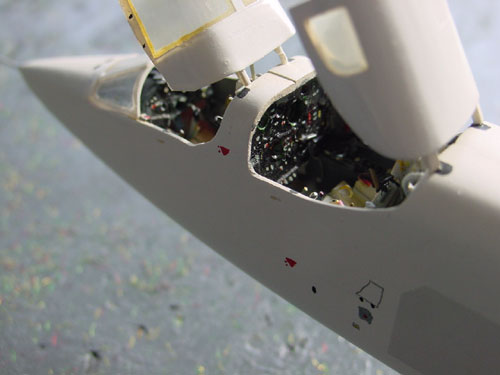 .
. 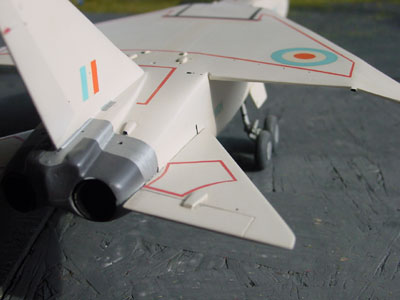
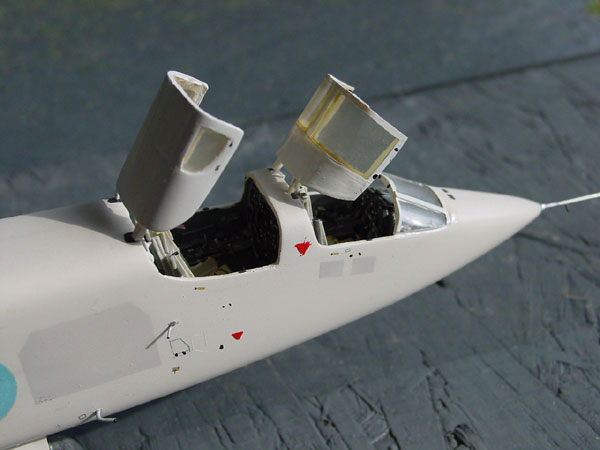
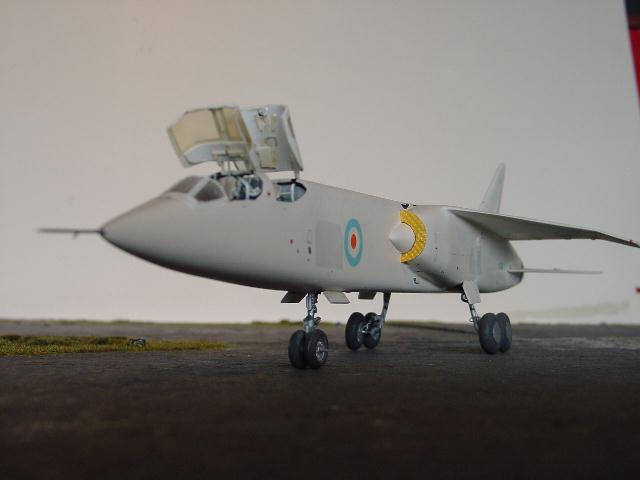
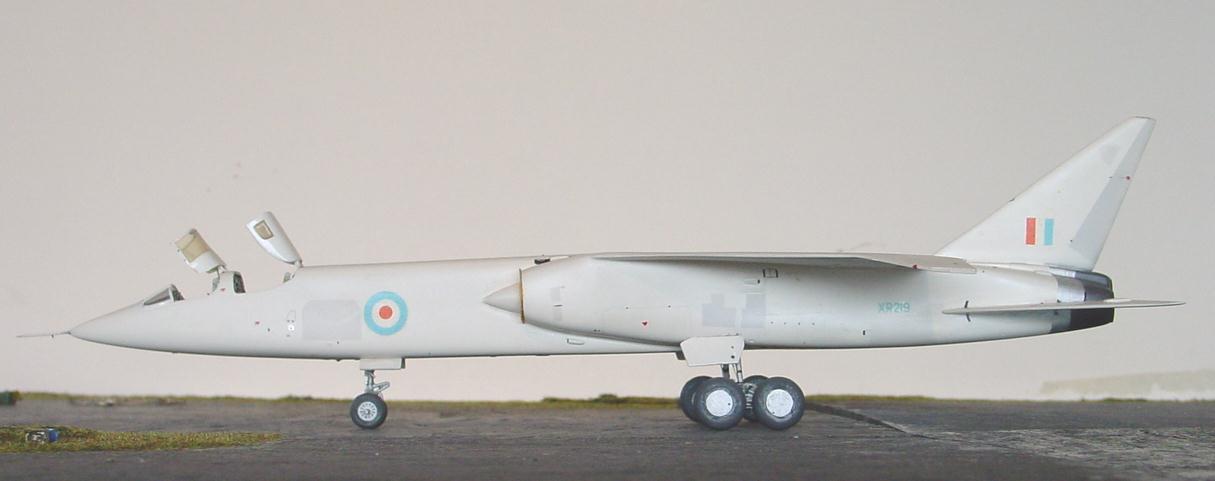
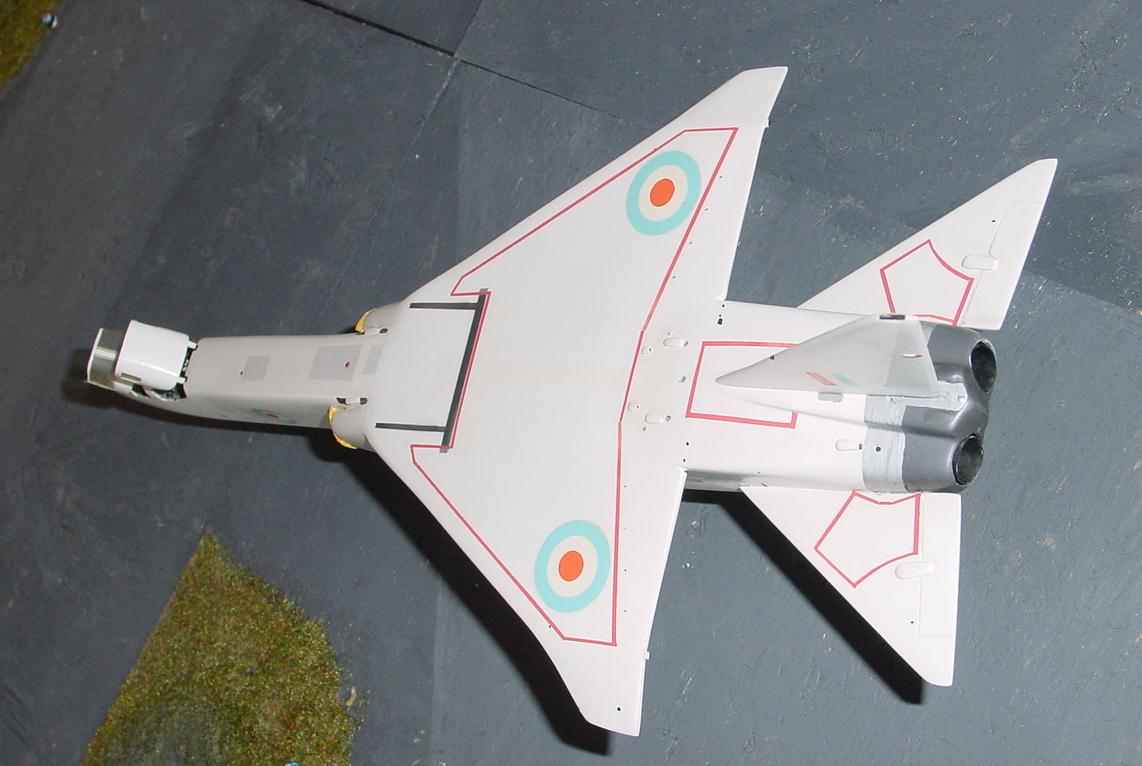
upper view with red walkway lines and toned down roundels (that came from the Airfix Vulcan...)
TSR-2 References:
- Jane's pocket book 12
- Air international vol18, page 128
- Project cancelled, Woods
- Scale models 1985,02- Feb
- Scale models 1995, 05- May
The Short SC-1 was a VTOL research aircraft flown in the U.K. in 1957. It was especially made to test the Roll Royce RB-108 engine, and it featured no less than 5 Rolls Royce RB108 engines, 4 of them in the vertical position in the central fuselage. It was only 9.11 m long with a span of 7.16 m.
Two SC-1 aircraft were built, but one crashed in 1963, killing the pilot. It was subsequently repaired and they both continued flying until 1967. The research results were later used in other VTOL aircraft such as the Harrier.
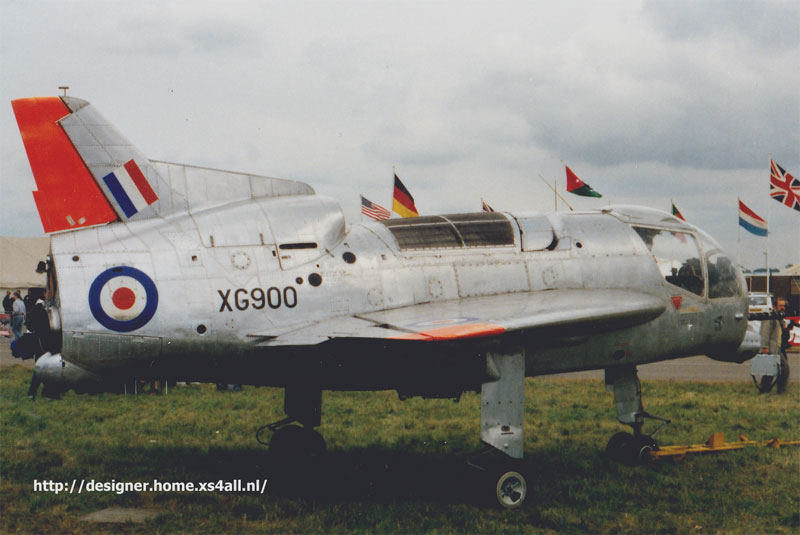
Here an old photo I took at the Air Tattoo at Fairford, probably in the early nineties. The aircraft was easily approachable and probably borrowed for a display from a museum.
Way back in 1990, no model was available of this aircraft in 1/72 scale, so a scratch built model was made. A good scale drawing was obtained at that Air Tattoo day at Fairford in the U.K.
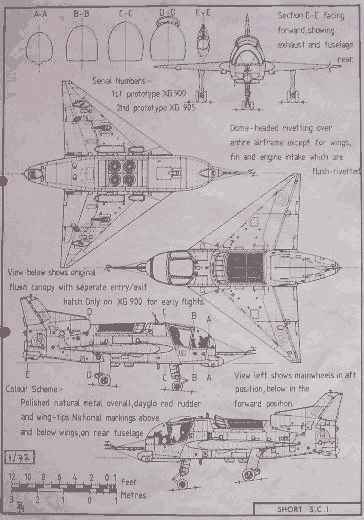 ...
...
drawing and real plane
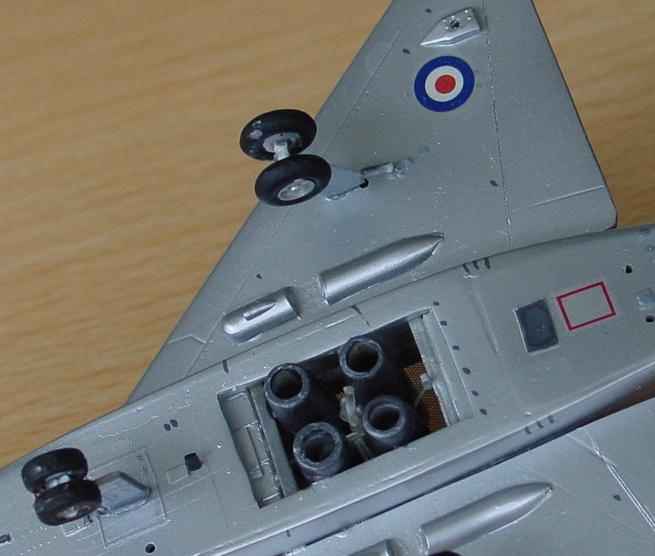

Using balsa wood, a form was shaped, plastic was heated and used to make the fuselage and also the canopy. The wings came from an old Matchbox Mirage 3, and the various detail parts came from the scrap box. The intake protection covers were made from fine wire mesh.

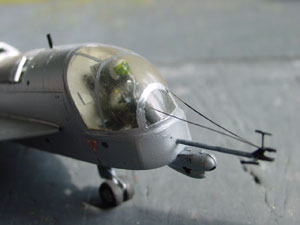 .
. .
.

SC-1 References:
- Shorts aircraft, Barnes, Putnam, 1967
- Jane's pocket book 12
UPDATE: many years later several (resin) kits appeared like from Planet or Pro-Resin in 1/72.
The Fairey Delta 2 was flown in 1954 and was built to investigate the characteristics of a delta wing at transonic and supersonic speeds. In 1956 a 1,000 mph overland speed record was set and the results of the work were later used on the Concord with the Delta 2 featuring the "drooping nose".
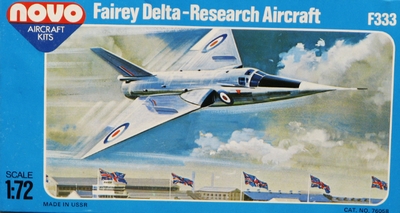 ...
...

The model was from Frog in 1/72 scale and re-issued by NOVO.
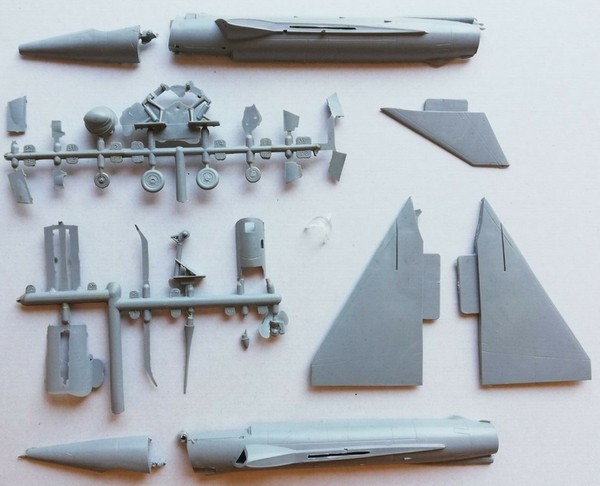
The model made was refined with cockpit, undercarriage but further unchanged. The decals are simple, but you get a very special model in your collection.
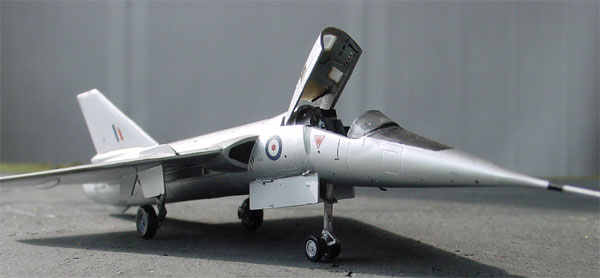
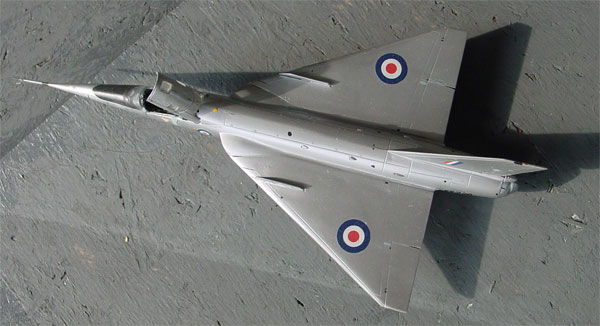
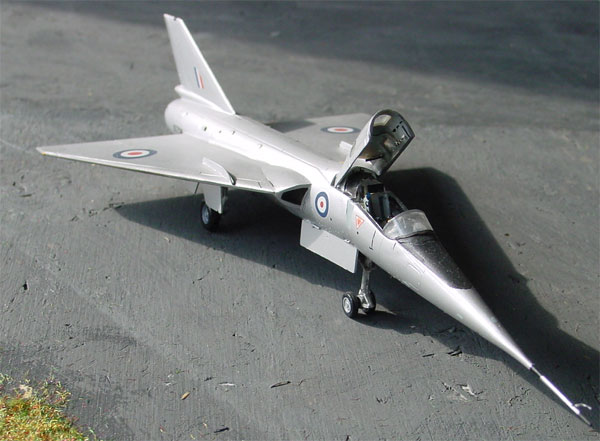
References:
- Aircraft illustrated, 1984, page 506 and 537
- Jane's pocket book 12
UPDATE: in 2023 Dora Wings released a great 1/72 kit
The Fairey Rotodyne was envisaged to provide passenger transportation between city centres using the vertical landing and take-off advantages of a helicopter and the speed of a conventional aircraft with a wing. It first flew in 1957.
The Rotodyne featured a large rotor with ramjets on the tips and two large propellers on Napier engines for horizontal speed, reaching a topspeed of 300 km/hour. The Rotodyne was never put into production as it had very high noise levels.
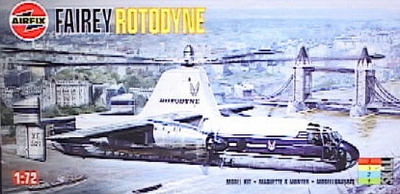
The Airfix model in 1/72 scale, although old from 1959, can be made into a nice representation of the real aircraft. Reduce the thickness of all trailing edges with a sanding machine! These are quite thick! This kit being more than 40 years old.
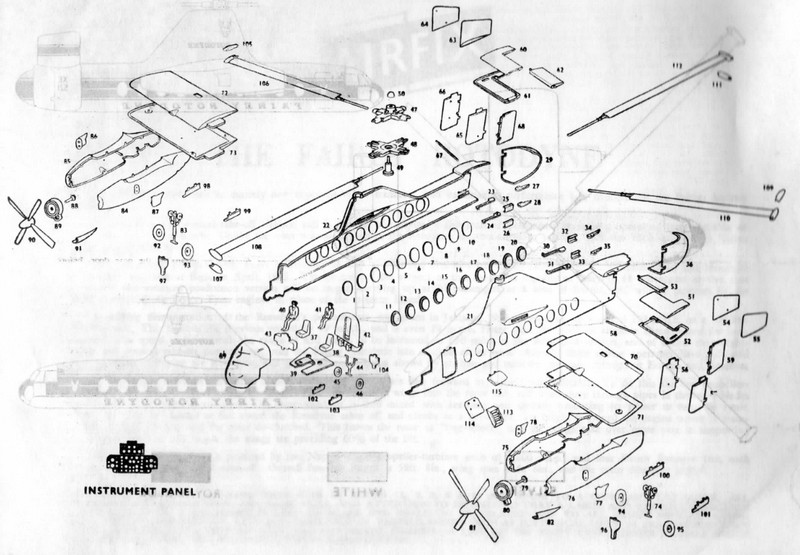
Here the old assembly drawing is shown, but I had the later released kit.
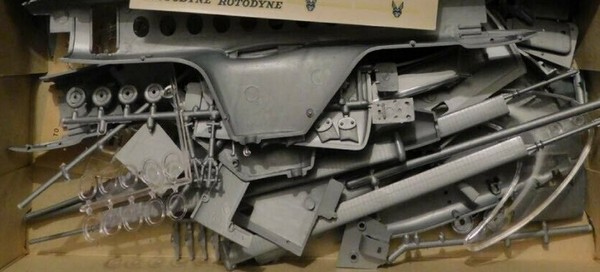

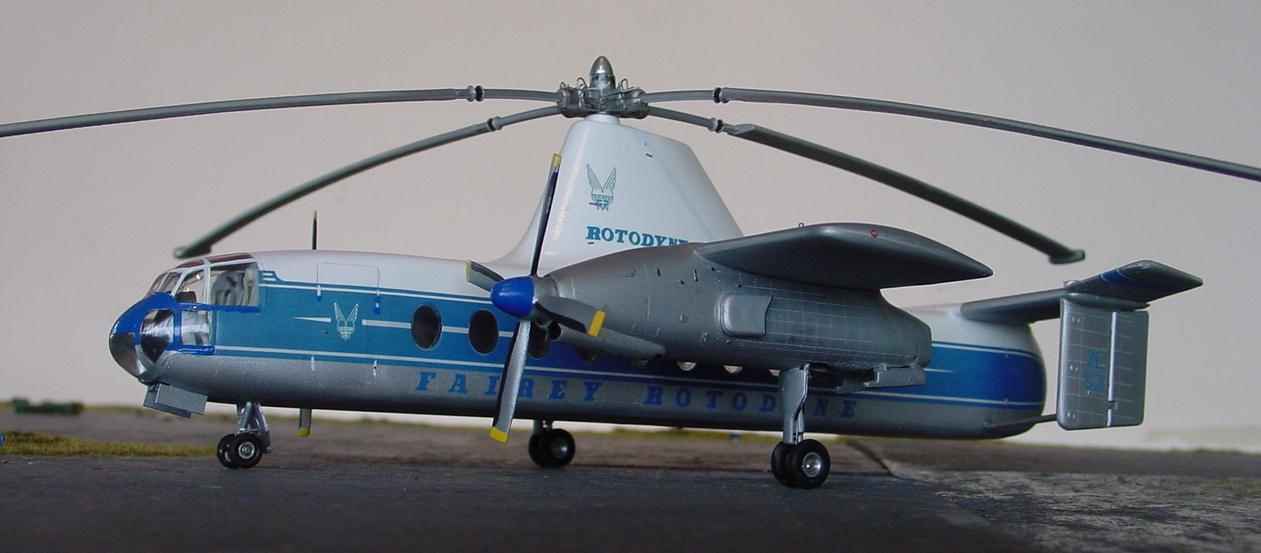

The rotor head was also detailed.
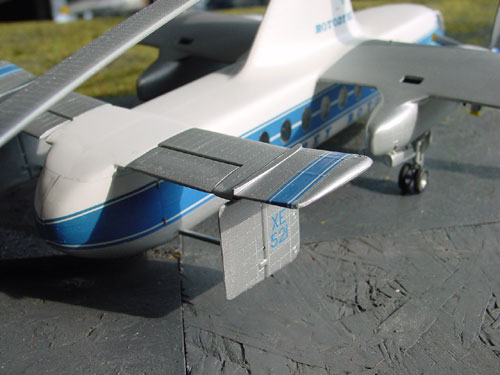 ..
..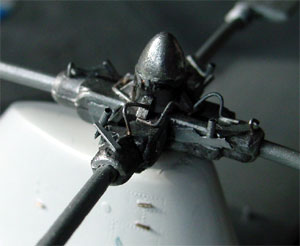
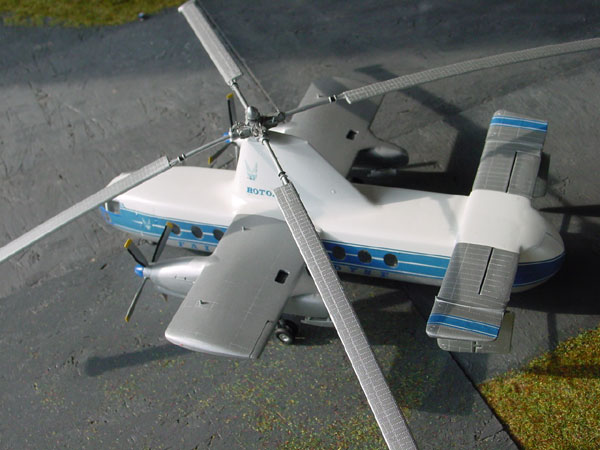
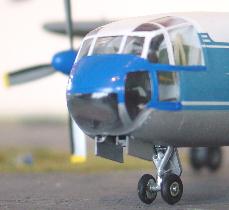
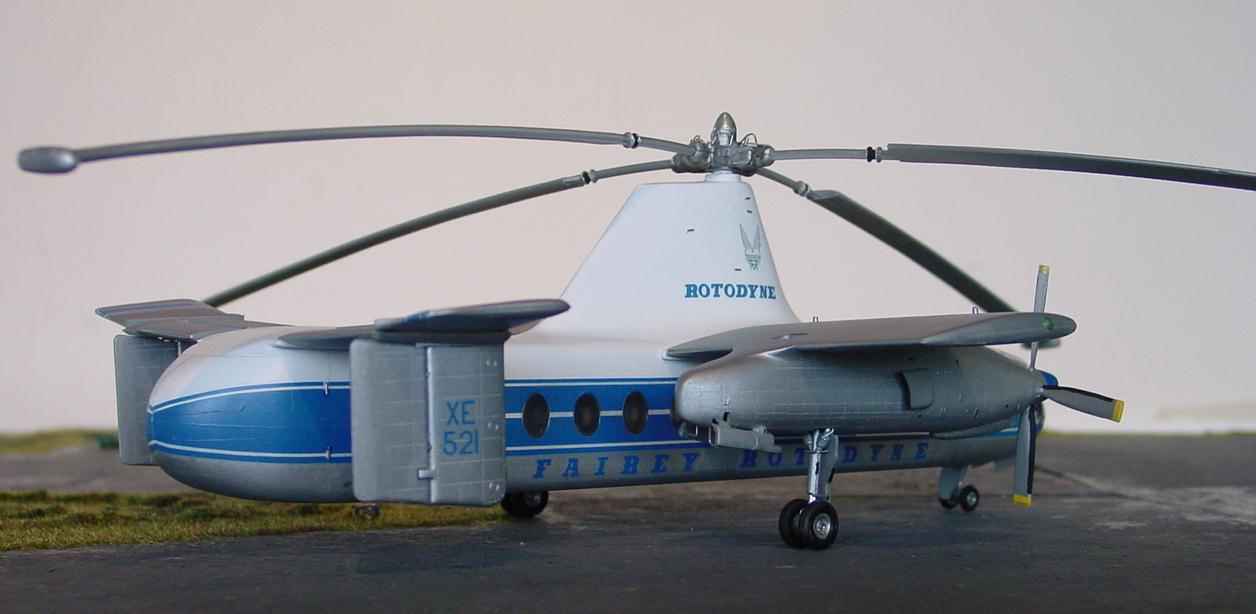
Refine the undercarriage and take care to carefully fit the glass parts. Better not use the opening rear doors but glue in closed position, and sand in shape. Remove all rough riveting and polish the model before applying the final silver coat. I used the decals provided and added painted blue areas where needed.
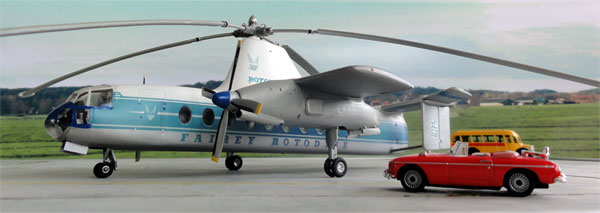
The Saunders Roe SR-53 was an experimental mixed power interceptor which first flew in 1957. The SR-53 featured a "Spectre" rocket engine for dash speed performance and a Viper turbojet, capable of a dash speed of over Mach 2.4 although that was never reached. Sounds like "Thunderbirds doesn't it ?..."
above, seen at RAF Cosford museum end 2023 by me; I hope it will be put inside a hangar before it rots away
It was a real interceptor design armed with two Firestreak tip missiles and flown by a single pilot. It never was put into production; the program was terminated as the political believe was radically changing into unmanned missiles and not in manned interceptors in 1958.
Forty years later, we still have manned combat aircraft....
The SR-53 model of Airfix in 1/72 is rather basic but can be refined and made into a nice little model. Add a metal pitot, improve the cockpit and fit some braking tubes/ lines to the undercarriage and that's about it!
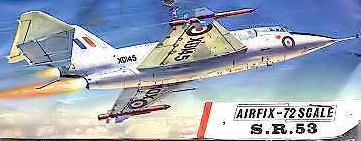 ...
...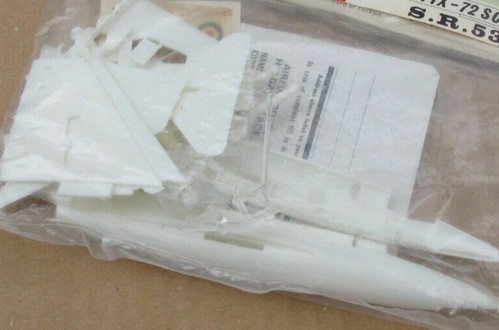


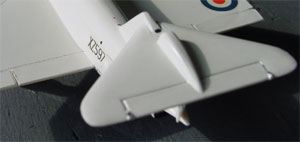 .
.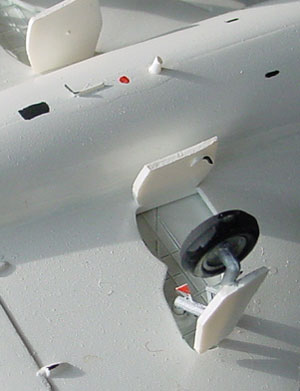
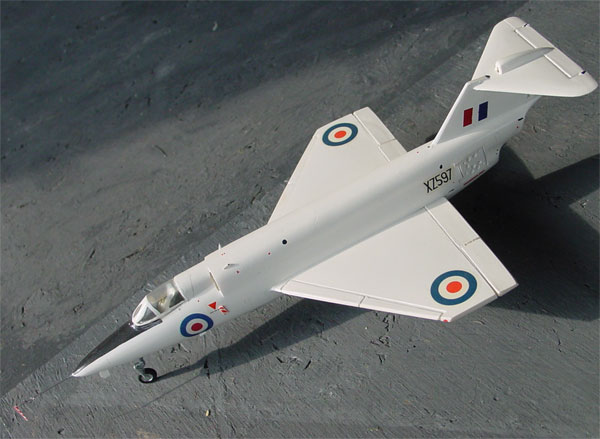
References:
- Jane's pocket book 12
- Air international, vol 43, page 104
UPDATE: years later better kits were released including a nice AZ Model kit
Other interesting References:
- British prototype aircraft, Sturtivant, Haynes group, 1980
- Project cancelled, Derek Wood, Bobs Merrill
French prototypes
The French also made models various prototypes in the fifties and sixties, some of them seen here....
Go to Next British Prototypes page [2]...
Back to 1/72 Models

(c) Copyright Meindert "designer"/ All rights reserved. Your comments are welcomed by webmaster
Created this page May 28, 2001 / last updated September 22, 2020